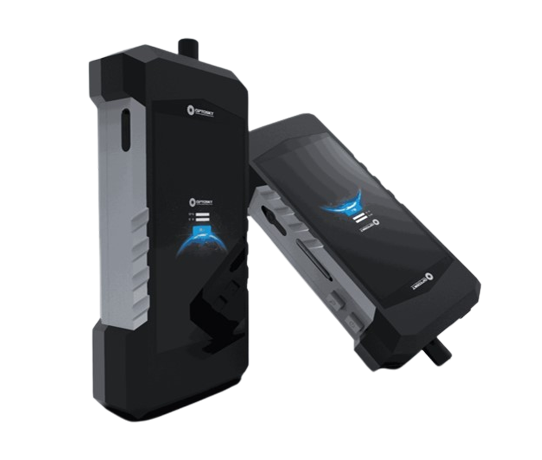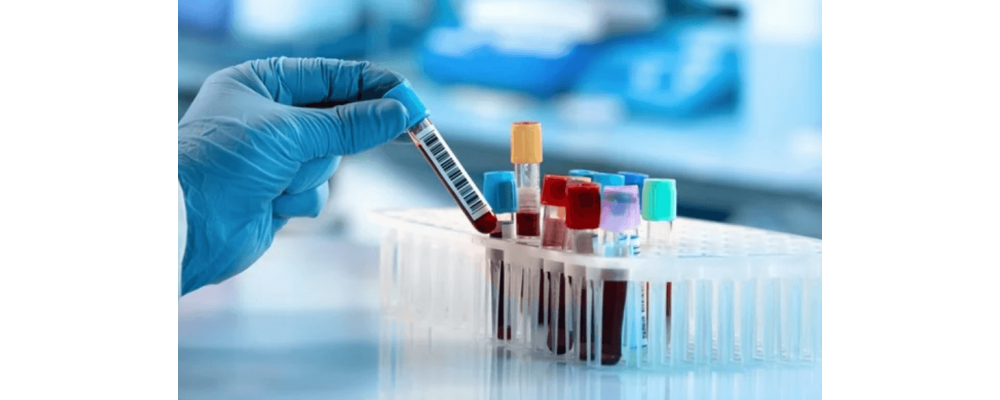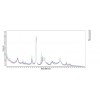Your shopping cart is empty!
ATR6600Pro 1064nm: Handheld Raman for Rapid Drug Detection
The China National Narcotics Control Commission defines drugs as addictive substances regulated by the state, including narcotics, synthetic drugs, and new psychoactive substances. With the growing global drug threat, there is an urgent need for rapid identification tools to support law enforcement in identifying substances on-site.
Foreword
According to the authoritative release by the China National Narcotics Control Commission, drugs refer to narcotics and psychotropic substances regulated by the state that can cause addiction. Drugs are categorized into traditional drugs, synthetic drugs, and new psychoactive substances. Currently, with the continuous emergence of various drugs, they pose serious threats to people's lives, health, and social stability. The state and public security departments have been increasing their efforts and commitment to anti-drug work. One of the urgent needs in drug enforcement is how public security officers can quickly identify whether a substance is a drug and determine its type during inspections. Natural Drugs
Natural drugs are substances extracted directly from plants that produce drugs, such as opium, heroin, and cannabis. Synthetic Drugs
Synthetic drugs are artificially created through chemical synthesis, such as methamphetamine (crystal meth), ecstasy, yaba, and ketamine (K powder). New Psychoactive Substances (NPS)
New psychoactive substances include "fun water," "fairy water," and "popping candy." Principle of Raman Scattering
When light is shone on a material, a portion of the light gets scattered. During this process, photons collide with the molecules of the material, either losing or gaining energy. According to Planck’s equation E=hv=hc/λ (where h is Planck’s constant), a change in photon energy E results in a change in frequency v, which leads to scattered light with a frequency different from the incident light. This phenomenon is known as Raman scattering.
- Different molecular bonds produce distinct characteristic spectra, which can be used to identify substances.
-The intensity of Raman scattered light is proportional to the concentration of molecules, allowing for quantitative measurements.
- Raman spectra serve as the "fingerprint" of a substance, making its compositional analysis highly accurate.
- Detection can be performed through packaging.
- Only weak laser irradiation is used, ensuring no damage to the sample. Advantages of Raman Spectroscopy
Traditional methods for drug detection primarily rely on reagent-based tests, colloidal gold methods, chromatography, and mass spectrometry.
1. Reagent and Colloidal Gold Methods
- These methods can only detect a limited number of drug types at a time, which is insufficient given the rapid emergence of new drugs.
- Additionally, the need for sampling and contact-based detection can lead to several issues, such as contamination or mishandling.
2. Chromatography and Mass Spectrometry
- These techniques are effective for identifying drug types but are expensive, not portable, and require time for analysis, making them less suitable for rapid drug detection. 3. Raman Spectroscopy
- Raman spectroscopy uses laser light to produce a Raman scattering spectrum from the sample. Since different substances have unique molecular structures, they produce distinct patterns on a Raman spectrum.
- Drugs are typically composed of various chemical substances, allowing Raman spectroscopy to determine the composition, type, and concentration of drugs. Unique Advantages of Raman Spectroscopy
Due to its non-contact nature, fast results, and high resolution, Raman spectroscopy holds a unique advantage in the rapid detection of drugs. Introduction to the ATR6600 Pro

Optosky is a leading company in Raman spectroscopy in China, having developed multiple national standards based on Raman technology. The ATR6600 Pro is a groundbreaking product launched by the company, building on 20 years of experience in Raman spectroscopy research. It offers the following advantages:
1. A newly designed high-throughput optical path structure and signal processing technology, making it the fastest detection device in the world.
2. It is the thinnest Raman spectrometer globally, weighing less than 950 grams, making it extremely portable.
3. Drug detection speed is four times faster than conventional handheld Raman spectrometers.
4. A library of over 1,000 drug spectra.
5. Equipped with a 1064 nm light source, effectively suppressing fluorescence interference, enabling the accurate detection of drugs like heroin, yaba, and ivory products.

Search
Categories
Popular Posts
Latest Posts





-100x100.png)
















Comments: 0
No comments